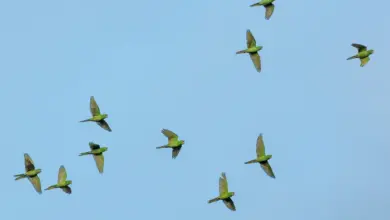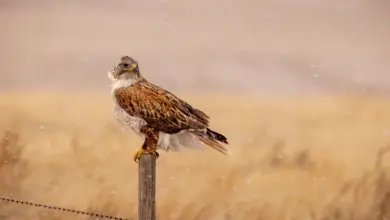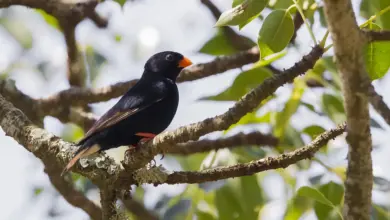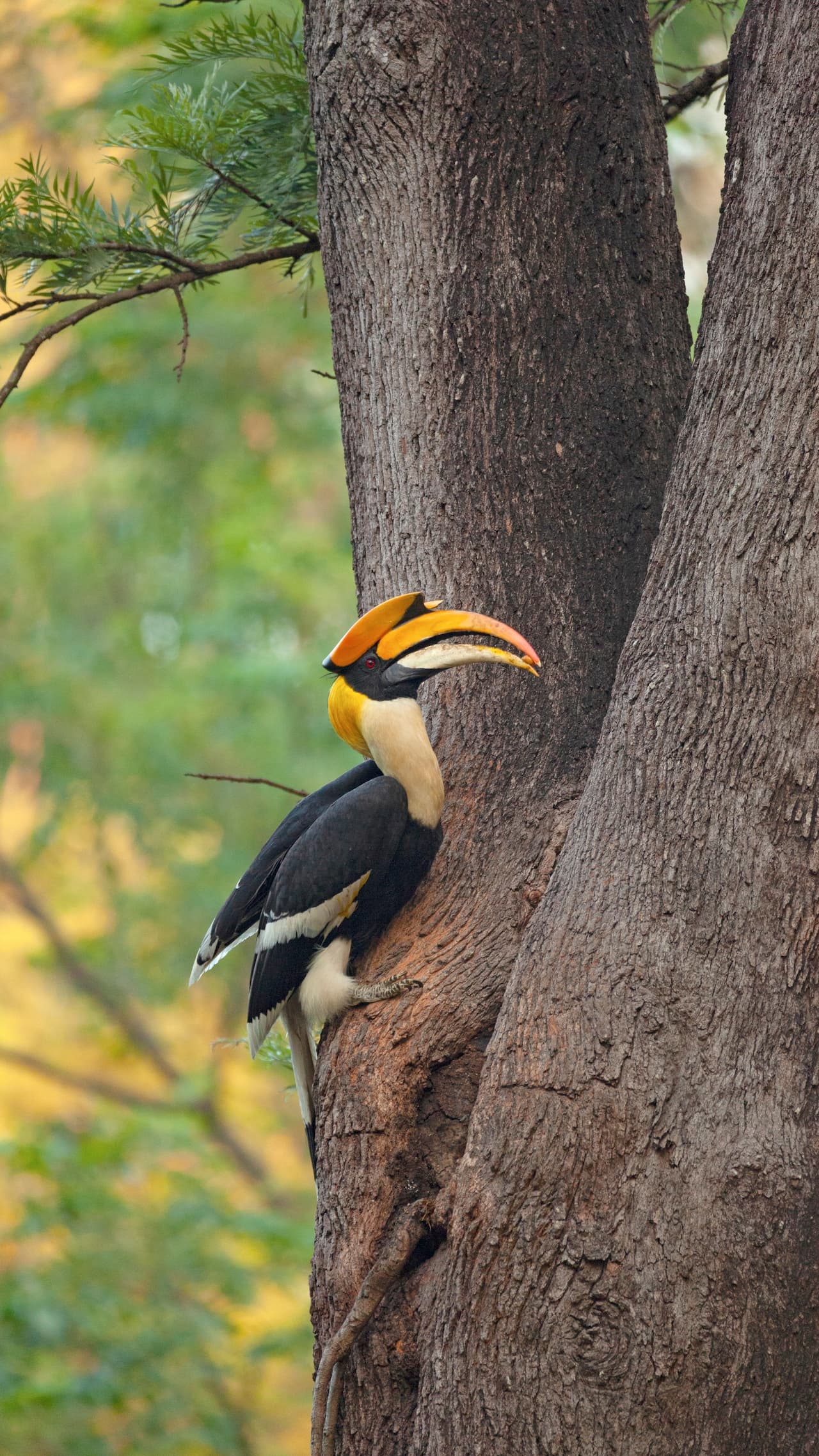The Black Bishops (Euplectes gierowii) – also known as Angola Black Bishops or Gierow’s Bishops – are endemic to Africa; specifically the following countries:

Angola, Cameroon, Central African Republic, Republic of the Congo, Democratic Republic of the Congo, Ethiopia, Kenya, Sudan, Tanzania and Uganda.
They inhabit grasslands, shrublands and wetlands; where they are typically seen alone or, on occasion, occur in small flocks.
Subspecies, Ranges and Ids:
-
- Angola Black Bishop (Euplectes gierowii gierowii – Cabanis, 1880) – Nominate Race
- Found in the southwestern Democratic Republic of the Congo and northwestern Angola.
- ID: Red throat
- Angola Black Bishop (Euplectes gierowii gierowii – Cabanis, 1880) – Nominate Race
-
- Northern Black Bishop (Euplectes gierowii ansorgei – E. J. O. Hartert, 1899)
- Found in western, eastern and southern Cameroon, south Central African Republic, northern Republic of the Congo, northern and northeastern Democratic Republic of Congo, southern Sudan, western and southwestern Ethiopia, Uganda, and western Kenya, particularly around the Lake Victoria basin and Kakamega.
- ID: Black throat. The upper back is orange-yellow.
- Northern Black Bishop (Euplectes gierowii ansorgei – E. J. O. Hartert, 1899)
- Southern Black Bishop (Euplectes gierowii friederichseni – G. A. Fischer and Reichenow, 1884)
- Found in southern Kenya and north-central Tanzania, around Babati, occasionally to Lake Manyara and Serengeti National Park; and possibly along the Southern Uaso Nyiro River.
- ID: Upper back is orange. The undertail feathers are off-white.
Description
Black Bishops measure about 5.5 – 6.3 inches (14 – 16 cm) in length, including the tail.
The breeding male has a mostly brown plumage, except for black wings, tail, chest, cheeks and forehead. The neck, back of the head and chest band are orange or orange-red. The under tail feathers are coverts are pale buff with black streaks. The upper back is golden yellow and the rump (lower back) is brown. The bill is black.
The non-breeding male has a mostly brown plumage, except for the black back, wings and rump, a yellowish stripe over each eye and the chin. The sides of the face and chest are tawny buff.
Females have a dark plumage. They have black wing linings, boldly spotted under tail coverts (feathers) and dark spots on the otherwise buff chest.
Juveniles resemble females, except have smaller spots on the chest.

Breeding
Males are believed to be polygynous (mating with several females). During the breeding season, they aggressively defend breeding territories against other males.
Calls / Vocalizations
Their calls are described as twittering see-zee see-zee see-zhe see-zhe SEE-ZHEE, zee-zee-zeezee-zee and hishaah, hishaah, SHAAAAAAH, tsee-tseet-tseet-tseet sounds.
Alternate (Global) Names
Chinese: ???? … Czech: Prádelník Gierowuv, snova? Gierow?v … Danish: Angolaildvæver, Ildvæver … Dutch: Zwarte Vuurwever … Finnish: Kultakauluspiispa … French: Euplecte à col orange, Euplecte de Gierow … German: Bischofs Wida, Bischofsweber, Bischofweber … Italian: Vescovo di Gierow, Vescovo nero … Japanese: kigoshikinranchou, kurokinranchou … Norwegian: Ildkragebisp … Polish: wiklacz kryzowany, wik?acz kryzowany … Portuguese: Bispo negro, Bispo-negro … Russian: ?????? ???????? ????????? ???? … Slovak: tkácik biskupský, tká?ik biskupský … Spanish: Obispo de Gierow, Obispo Negro … Swedish: Eldkragad biskop … Swahili: Kweche Mweusi
Species Research by Sibylle Johnson
Please Note: The articles or images on this page are the sole property of the authors or photographers. Please contact them directly with respect to any copyright or licensing questions. Thank you.




